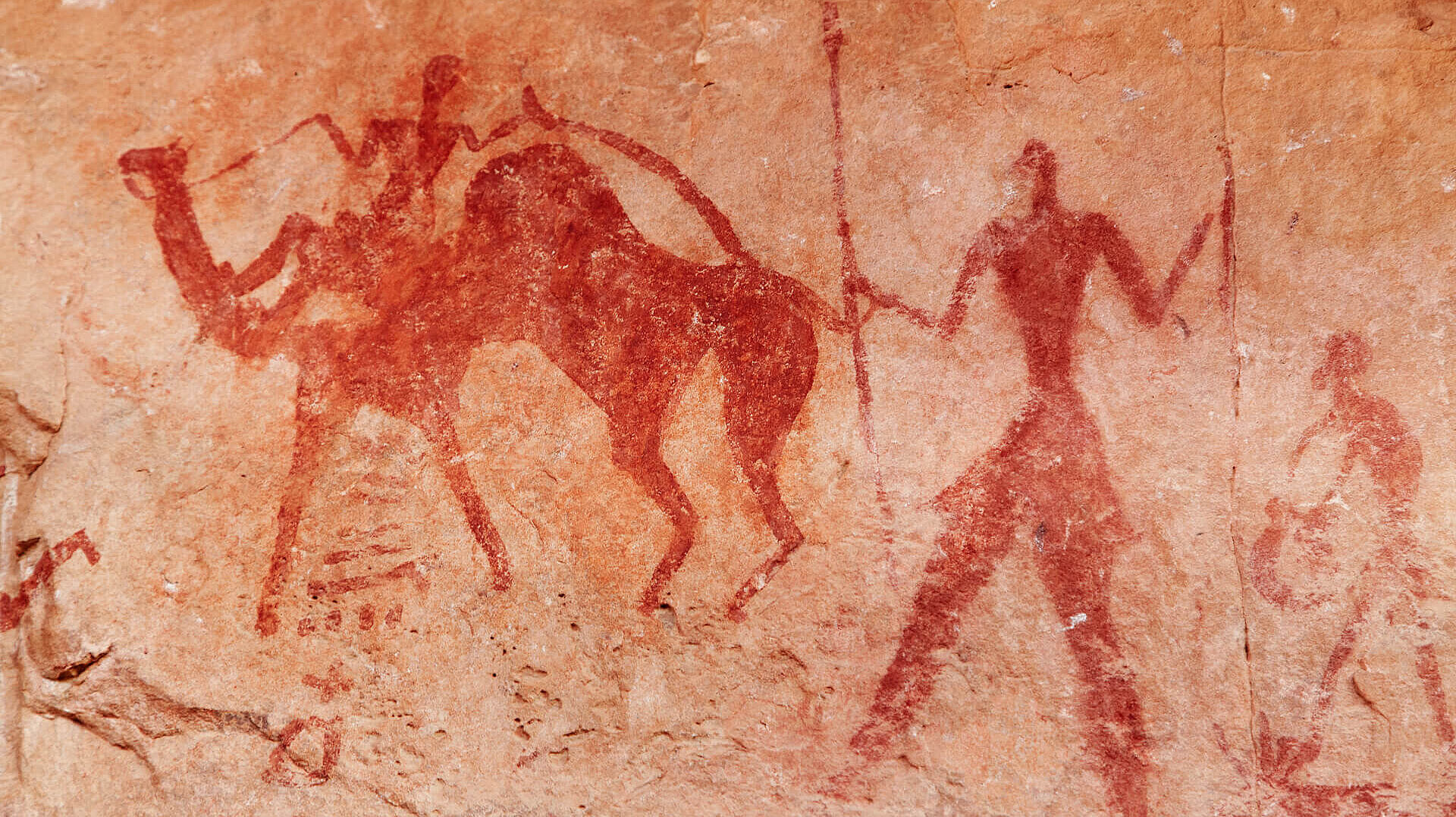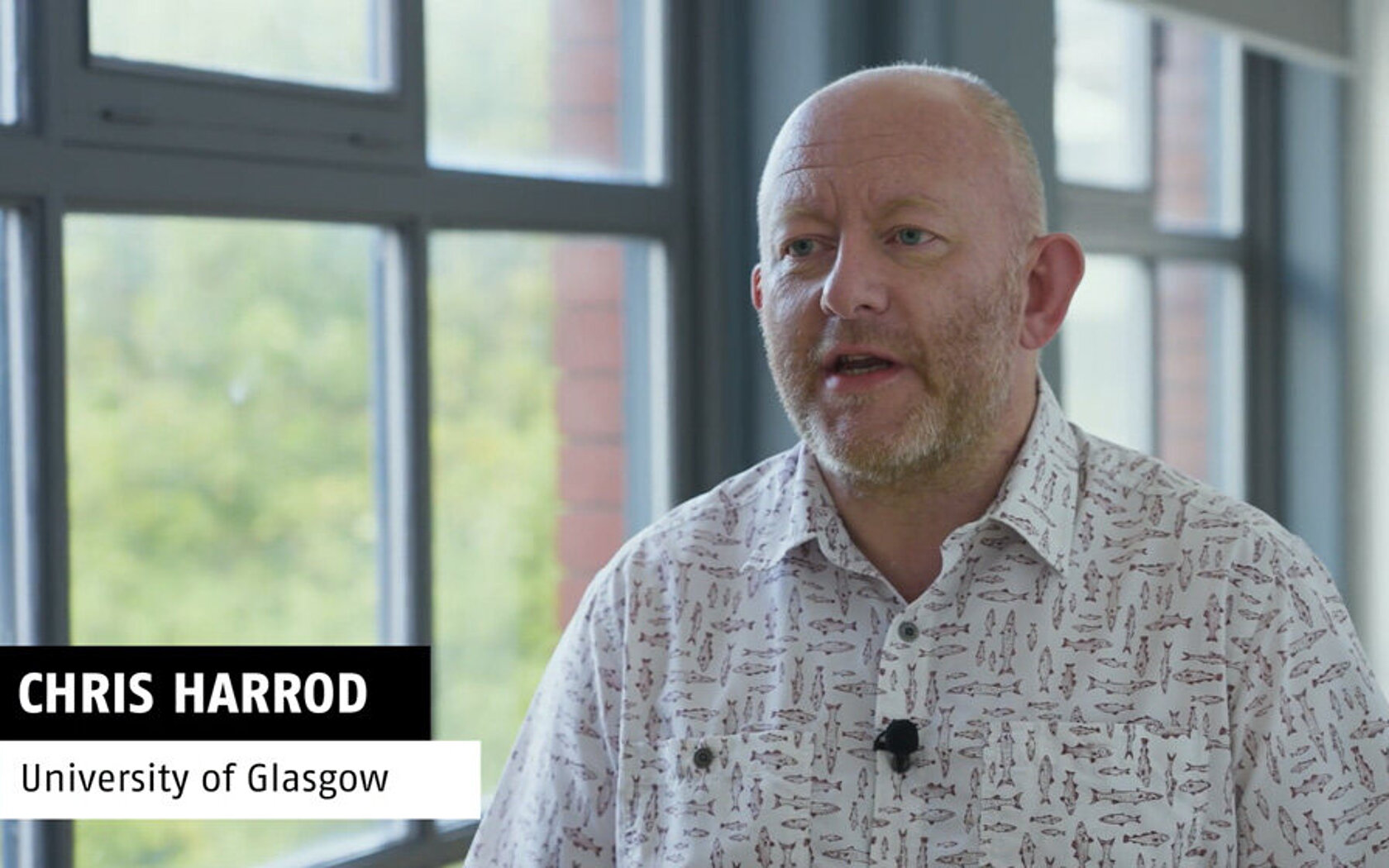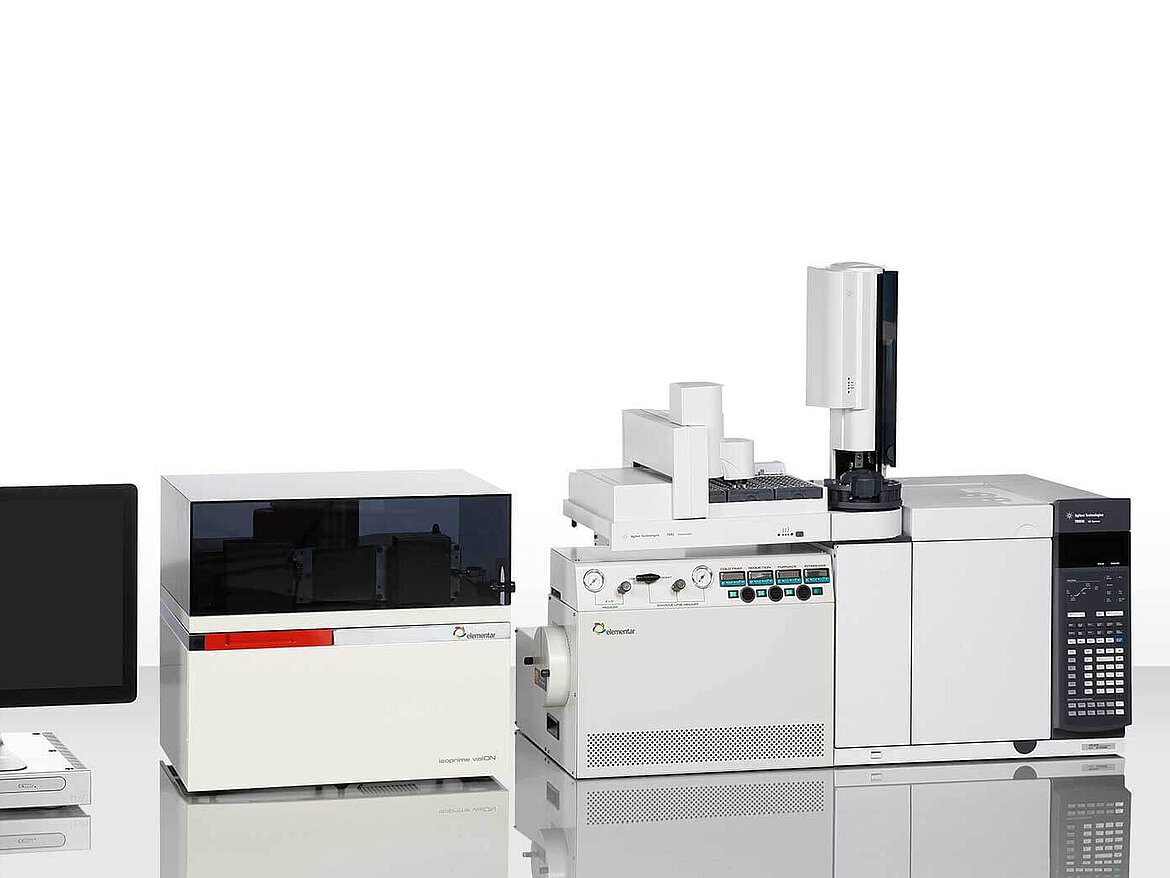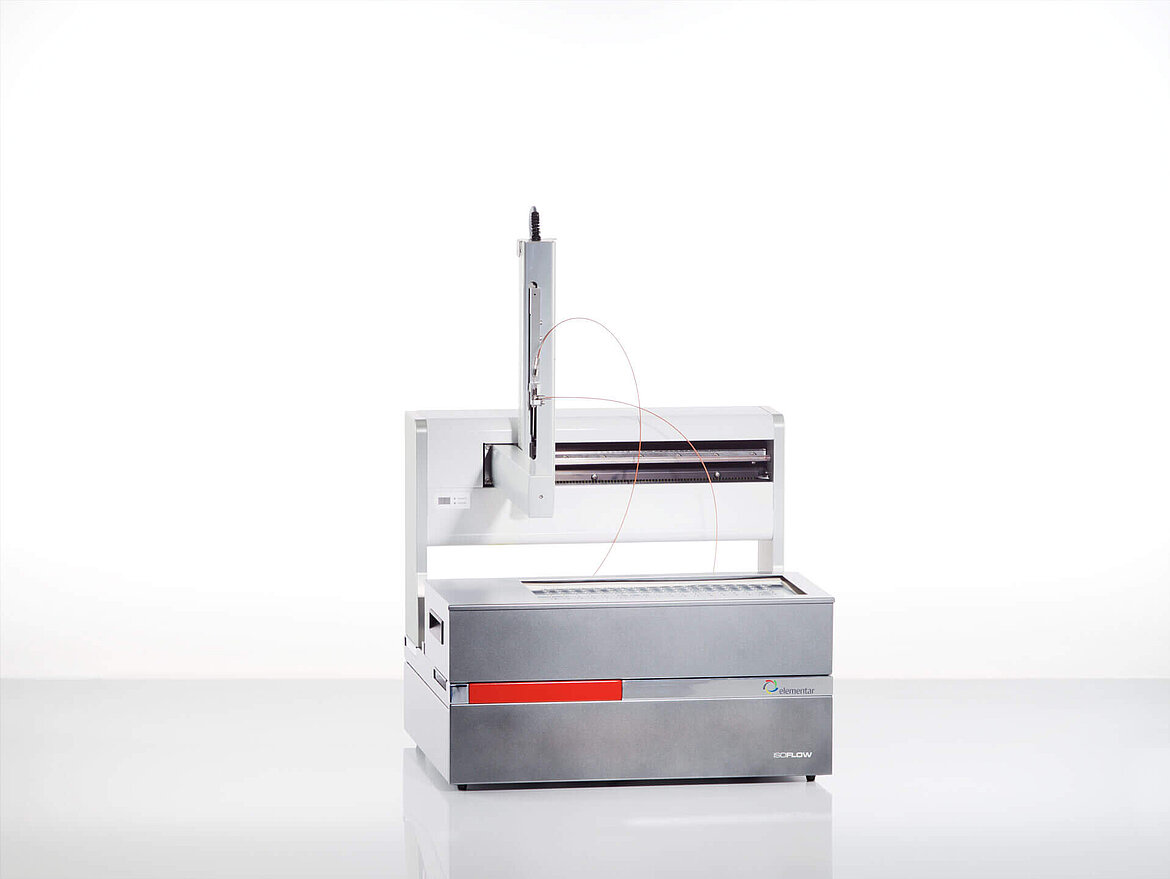Stable isotope analysis in archaeology
Human culture and evolution has evolved over thousands of years, the majority of which occur in prehistory at times of limited or non-existent record keeping. Archaeology draws upon a range of techniques for studying prehistory where such written documents are lacking to form an understanding of how culture evolved, and which forces could have been responsible for shaping our society in the modern age.
Stable isotope analysis is a powerful tool in modern-day chemical archaeology, allowing archaeologists to reconstruct ancient diets through the analysis of preserved bone collagen with the aim of determining changes in land use, when and how farming or fishing practices were adopted, and environmental pressures which may have forced changes in such practices. Analysis of burial materials can help to elucidate practices of religious or spiritual significance, whilst the study of residues left behind in archaeological pottery can cast light on the uses of those vessels. The use of multiple isotopes can be utilized to determine geographical origins and migration patterns, ultimately enabling an understanding of the rich and vibrant history of humankind through the ages.
Reconstruct ancient diets
One of the most fascinating aspects of archaeology is understanding the daily habits of ancient peoples. Chief among these is food – what sustained the ancients? Did primary food sources change over time? Did seasonal variations occur? Was a change in diet responsible for the fall of an empire? All this can be revealed through isotopic signatures of hair, bones, and teeth compared to modern humans with known diets. With our AnthrovisION IRMS system and its included elemental analyzer for stable isotope analysis (EA-IRMS) you can probe the ancients for their secrets.
Watch Prof. Chris Harrod's full lecture from the Elementar UK IRMS User Meeting at this link.
Reveal what was traded, anointed, and stored
Stable isotope analysis of residues recovered from clay pottery can help uncover religious practices, show what products were economically viable, or simply what food stuffs sustained a society. Geographical origins can be deduced from δ18O and δ2H analysis, whilst primary sources for the residues can be got from δ13C, δ15N, and δ34S analysis. Both compound-specific analysis via gas chromatography (GC-IRMS) and bulk measurement by elemental analysis (EA-IRMS) can be carried out quickly, simply, and reliably, providing unique insights for modern-day archaeology.
Unveil migration patterns with stable isotope analysis
History is marked by the movement of people, whether it is entire populations or groups of individuals colonizing new lands. To detect migration patters, δ18O and δ2H isotope analysis of hair or bone and teeth allows the individual to be directly related to their origin thanks to the natural meteorological variation of the water in their source environment. Our iso FLOWcan be used for high-throughput, fully automated analysis of biogenic carbonate and meteorological water.



